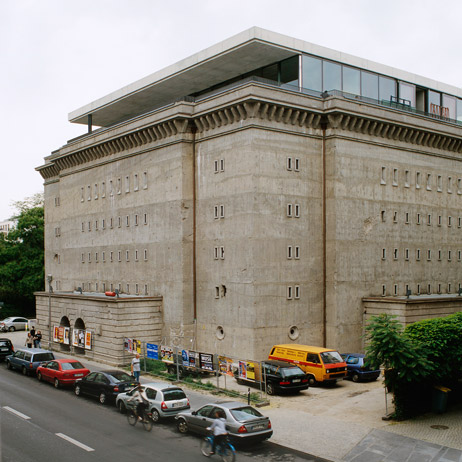


In the Boros residence – a former Second World War air raid shelter built in 1942 in central Berlin – visitors can easily lose their way in the maze-like corridors of bare concrete.
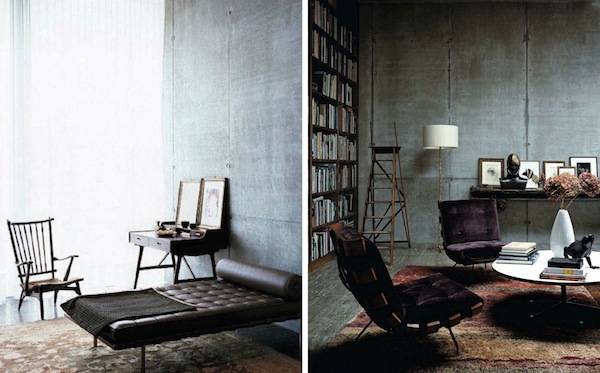
Bullet holes from the Second World War testify the historical significance of the building. The heart of this hermetic concrete cube contains an exhibition of contemporary works from the private collection of ad agency founder and publisher, Christian Boros. In order to create a suitable space for the collection, architect Jens Casper deconstructed the 3,000 square meter bunker, which was once devoid of natural light, transforming it into a complex room arrangement. The glass superstructure of the penthouse is the polar opposite of the cube’s massiness.
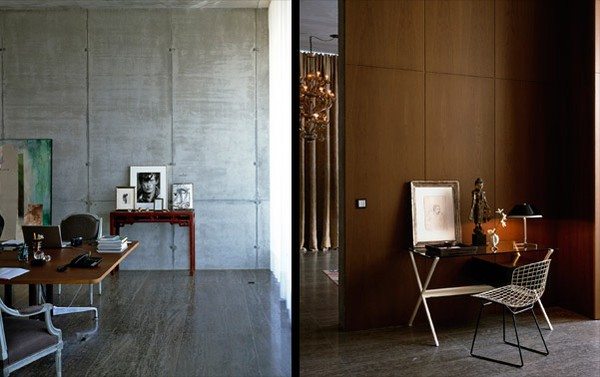
There, Christian and his wife, Karen, live with their son amidst paintings by Elizabeth Peyton and a series of installations by groundbreaking artists such as Olafur Eliasson. It is a dream home that once seemed impossible to realize, but has now become an art manifesto for Berlin’s historical Mitte district, where change is the norm.
Christian Boros is the owner of an advertising agency with offices in Wuppertal and Berlin. He has been collecting contemporary art since 1990. Over this time, he has put together a private collection with around 500 works by artists such as Damian Hirst, Olafur Eliasson, Elizabeth Peyton, Wolfgang Tillmans, Anselm Reyle, Manfred Pernice, Tobias Rehberger, John Bock, Wilhelm Sasnal and Michel Majerus.

The Boros Collection now has a permanent home in a converted bunker in Berlin -Mitte. The first presentation of selected exhibits, to open in June 2008, will be exclusively works which incorporate the bunker space itself. Sculptures, room and light installations as well as performance works will create a new experience of the rooms in the bunker. Most of the works were installed and staged by the artists themselves. There was no curator. The artists sometimes altered or added to their works in order to overcome the sometimes difficult space, and some of the works were created especially for the bunker.
The private collection can be viewed by prior appointment. There will be two-hour guided tours every Saturday. He currently has comprehensive groups of works of 57 artists. Parts of the collection were previously shown to the public in two museum exhibitions.
The Bunker
In 2003, Christian Boros bought the 1942-built bunker and started to prepare the conversion of the building for the collection of contemporary art. Jens Casper from the Berlin-based office Realarchitektur was entrusted with the conversion. It took a year of planning and four years of conversion; in addition, the 1000 square meter roof space was turned into a penthouse complete with terraces and a roof garden.

The new private museum has 3000 m2 of exhibition space, with room heights varying from 2,30 to 13 metres. Many of the low intermediate floors were removed using diamond cutting technology – an extremely time consuming technique. In addition to this, the concrete floors that were cut out had to be broken up inside the bunker and then to be removed by hand. The 120 initial rooms were changed into 80 rooms. There is no daylight. The building’s monumental character has been preserved: all evidence of the war has been left on the outside and inside one can still see the different uses of the building.
History of the bunker
The bunker is on the corner of Albrechtstrasse and Reinhardtstrasse in the Berlin Mitte. It was built in 1942 as the Reichsbahnbunker Friedrichstrasse (State Railway Bunker). Planning began in 1941 under the supervision of Albert Speer in line with the “Fuehrer’s Immediate Programme†for the creation of civil air raid defences. The bunker was to offer passengers from the near by Berlin- Friedrichstrasse railway station protection against Allied air raids. The civil population from the surrounding residential area and visitors to the German Theatre could also shelter here when the air raid warning sounded; it could house up to 2000 people. After the German surrender, the Red Army took over the bunker and used it as a prison.
From the mid-1950s onwards, it was used as a store by the nationally owned Berlin fruit and vegetable conglomerate. The thick walls and the sophisticated ventilation system provided an almost constant inside temperature, making it especially suitable for the storage of tropical fruit: in the DDR the locals also called it the ‘Banana Bunker’.
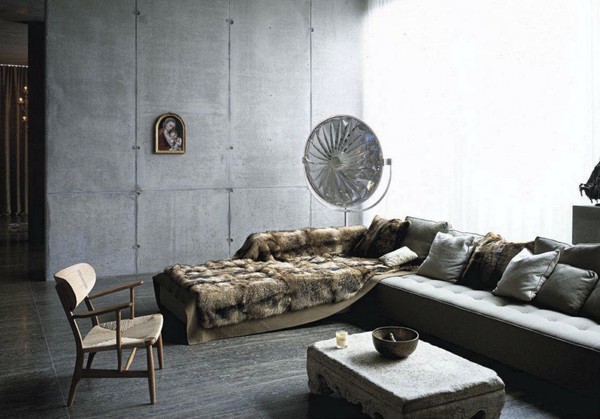
After reunification, the techno and fetish scene discovered the bunker as a party location. The “Bunker†was considered one of the most hardcore techno clubs in Germany, with the SM and fetish parties organised there achieving fame well beyond the borders of Berlin. “Sexperimenta†took place in the bunker in 1995 and the bunker saw its last techno party in 1996.
It is a square building which is about 38 m long and 16 m tall. Inside, the shelter covers five floors. There is a separate stairwell on each of the four sides. The external walls are made of 2 m thick solid reinforced concrete. The original rooms were just 2.3 m high. The roof is 3.10 m thick reinforced concrete. What was known as “blue concrete†was used to build it.
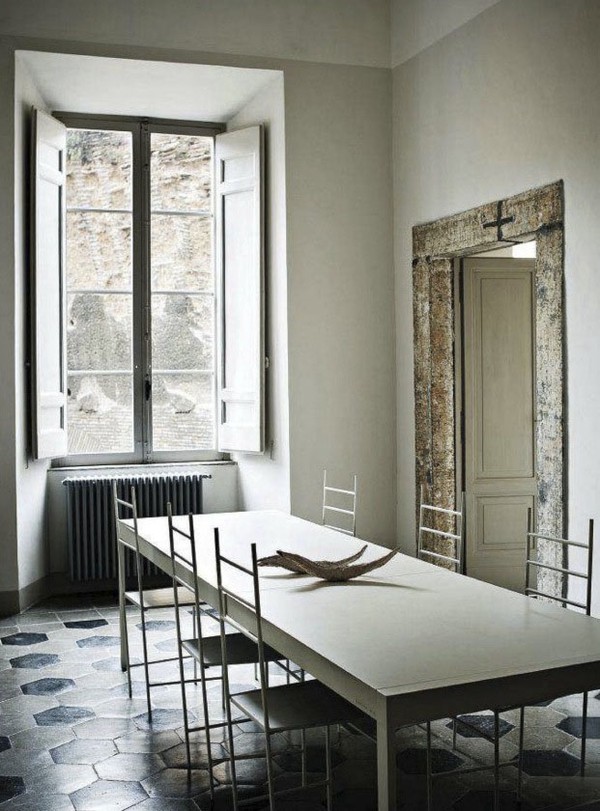
What Others Are Saying